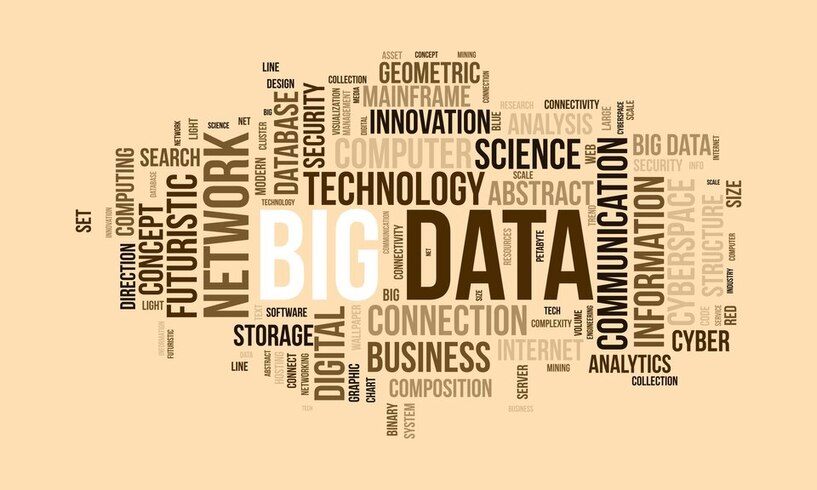
Big Data Solution

Unlock the Power of Big Data for Smarter Business Decisions
What is Big Data?
Big Data refers to extremely large datasets—structured, semi-structured, or unstructured—that are too complex to be managed and analyzed using traditional tools. It encompasses everything from numbers and text to images, audio, video, geolocation data, and log files. Advanced Big Data technologies are designed to store, process, and analyze this information at high speed and scale.
Why Big Data Matters for Your Business?
No matter your industry or business size, you generate data—about your customers, operations, performance, and more. Big Data Analytics helps you transform that information into valuable insights that improve customer experience, drive growth, reduce costs, and optimize decision-making.
Big Data allows businesses to:


Purpose of Big Data Analysis in different industries
Healthcare Industry
In the healthcare industry, data analytics helps in predictive disease prevention, improving patient care through electronic health records (EHR), and reducing medical costs by identifying inefficiencies. AI-driven diagnostics and predictive analytics also assist in early disease detection, while real-time monitoring improves patient outcomes.
Retail and E-commerce
In retail and e-commerce, businesses use data analytics for personalized product recommendations, demand forecasting, and inventory optimization. Customer sentiment analysis helps brands understand consumer preferences, while fraud detection ensures secure online transactions.
Banking and finance industry
The banking and finance industry relies on data analytics for fraud detection, credit risk assessment, and algorithmic trading. Banks also use analytics to personalize customer experiences, optimize loan approvals, and improve investment strategies.
Manufacturing
In manufacturing, predictive maintenance prevents equipment failures, supply chain analytics improves logistics, and real-time monitoring enhances production efficiency. Quality control systems using data analytics help in defect detection, reducing waste and increasing profitability.
Media and Entertainment
In media and entertainment, data analytics drives personalized content recommendations on platforms like Netflix and YouTube, optimizes ad targeting, and improves audience engagement through sentiment analysis and trend predictions.
Education sector
The education sector leverages analytics for personalized learning, predicting student performance, and improving course effectiveness. Institutions use data to enhance curriculum design and optimize resource allocation.
Energy and Utilities
For energy and utilities, data analytics enables smart grid optimization, demand forecasting, and predictive maintenance of power plants. Renewable energy sources benefit from weather data analysis for better efficiency and sustainability.
Real Estate and Construction
In real estate and construction, analytics helps in property value prediction, risk assessment, and smart building management. Market trend analysis aids investors and developers in making better financial decisions.
Agriculture
In agriculture, precision farming techniques use data analytics to optimize crop yields, analyze weather patterns, and predict pest infestations. This results in higher productivity, reduced waste, and improved supply chain management.
How Concern Infotech Can Help?
At Concern Infotech, we simplify Big Data for your business needs. Our expert team helps you turn raw data into valuable business intelligence.
Our Big Data Services Include:
Our solutions are scalable, secure, and tailored to your goals—whether you're a startup or a large enterprise.
Let’s harness Big Data to fuel your business growth.
Contact Concern Infotech today to explore the right solution for your industry.